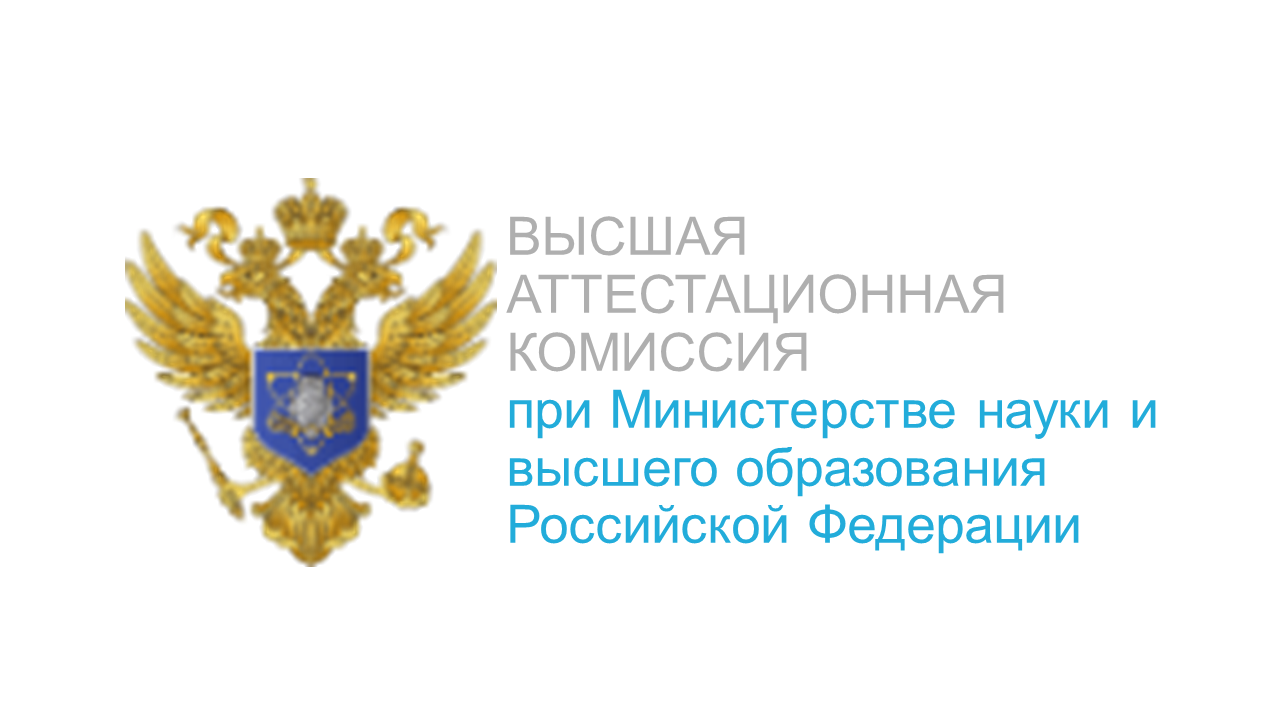Twenty years' experience of behavioral correction of health of medical students
In article data about system of work of Department of normal physiology of medical academy on formation of motivation of medical students on a healthy life style (HLS) and refusal of bad habits are presented. This system has been named by motivation-informing as it included both testing of habits and a life style, and explanatory work on increasing of knowledge of HLS role in health of the person. As a result of long work on this system the majority of students had an updating of their style of life, health remained at higher level, than in control group, there was a decrease in quantity of persons of type A coronary behavior, restriction of smoking, stresses and growth of arterial pressure was marked.
medical students, mode of life correction
1. Aizman R.I. Zdorov'e pedagogov i obuchayushchikhsya – klyuchevaya zadacha sovremennoi shkoly [Health of teachers and schoolchildren is a key problem of modern school]. Novosibirsk State Pedagogical University Bulletin, 2012, no. 3, pp. 24–35.
2. Akimov E.V., Gakova E.I., Kaumov B.C. and ets. Izbytochnaya massa tela v gorodskoi sibirskoi populyatsii – dvenadtsatiletnie trendy [Excess body weight in the Siberian city population – twelve-year trends]. Kardiovask, ter. and profile, 2012, no. 3, pp. 58–62.
3. Barbarash N.A., Kuvshinov D.Yu., Kalentyeva S.V. and etc. Individual'nyi god cheloveka [Individual year man]. Kemerovo, INT, 2011, 220 p.
4. Barbarash N.А., Kuvshynov D.Yu. Negenital'nye osobennosti fiziologii i zdorov'ya zhenshchin [Nongenital peculiarities of female physiology and health]. Novosibirsk State Pedagogical University Bulletin, 2013, no. 1, pp. 75–83.
5. Eganyan R.A. Izbytochnaya massa tela i ozhirenie v pervichnom zvene zdravookhraneniya [Overweight and obesity in primary care]. Pro. Honey, 2010, no. 4, pp. 12–21.
6. Kaveshnikov V.S., Trubacheva I.A., Serebriakova V.N. Sovremennye podkhody k probleme ogranicheniya kureniya [Current approaches to the problem of smoking restrictions]. Pro. Honey, 2011, no. 3, pp. 35–40.
7. Kobalava J.D., Kotovskaya Y., Shalnova S.A. Serdechno-sosudistyi risk u vrachei raznykh spetsial'nostei. Rezul'taty rossiiskoi mnogotsntrovoi nauchno-obrazovatel'noi programmy «Zdorov'e vrachei Rossii» [Railway Cardiovascular risk among physicians of different specialties. Results mnogotsntrovoy Russian scientific and educational program "Health Physicians Russia"]. Kardiovask . ter. and profile, 2010, no. 4, pp. 12–14.
8. Oganov R.G. Vserossiiskaya obrazovatel'naya aktsiya «Zdorov'e serdtsa – masshtabnyi pro-filakticheskii proekt» [National educational campaign "Heart Health – a large-scale preventive project"]. Pro. Honey, 2010, no. 3, pp. 3–5.
9. Ondar А.О.,Ondar S.О., Aizman R.I. Sravnitel'naya kharakteristika urovnei fizicheskogo zdorov'ya i fizicheskoi podgotovlennosti studentov-pervokursnikov TuvGU [Comparative characteristics of the level of physical health and physical preparedness of students in their freshman year TuvSU]. Novosibirsk State Pedagogical University Bulletin, 2013, no. 4, pp. 68–79.
10. Rubanovich V.B., Aizman R.I. Osnovy zdorovogo obraza zhizni: uchebnoe posobie [Bases of a healthy way of life]. Novosibirsk, 2011, 256 p.
11. Tikhonova I.L., Latukha O.A. Innovatsii meditsinskogo vuza v obuchenii studentov [Innovations of medical high school in training students]. Medicine and education in Siberia, 2009, no. 1, p. 2.
12. Chanchaeva E.A., Aizman R.I., Gerasev A.D. Sovremennoe predstavlenie ob antioksidantnoi sisteme organizma cheloveka [Modern representation about antyoxygen to system of an organism of the person]. Ecology of the person, 2013, no. 7, pp. 50–58.
13. Shalnova S.A., Deev A.D., Karmanova N.S. Gendernye osobennosti svyazi obrazovatel'nogo statusa i kharakteristik massy tela po dannym obsledovaniya rossiiskoi natsional'noi predstavitel'noi vyborki [Gender characteristics of communication and educational status and characteristics of body weight according to a survey of the Russian national representative sample]. Kardiovask . ter. and profile, 2009, no. 7, pp. 17–24.
14. Mehta R.H., O’Shea J.C., Stebbins A.L. and e.a. Association of mortality with years of education in patients with ST-segment elevation myocardial infarction treated with fibrinolysis. J.A.C.C., 2011, vol. 57, pp. 138–146.
15. Carrington M. Prehypertension causes a mounting problem of harmful cardiovascular disease risk in young adults. Hypertension, 2009, no. 2, pp. 214–215.
16. Cao Y., Kemfield S., Song Y. and e.a. Cigarette smoking cessation and total and cause – specific mortality. A 22-year follow up study among US male physicians. Arch. Intern. Med., 2011, vol. 171, no. 21, pp. 1956–1958.
17. Frey P.F. Endothelial dysfunction evident after 30 minutes of exposure to low levels of secondhand smoke. J.A. C.C., 2012, vol. 59, pp. 190–213.
18. Fridman M. S., Hell T. A., Harris M. T. Type A behavior, nonverbal expressive style and health. Pers. Psychol., 1985, vol. 48, pp. 1299–1315.
19. Romeo-Corral A., Mohtor V.M., Somers V.K. and e.a. Modest visceral fat gain causes endothelial dysfunction in healthy humans. J.A. C.C., 2010, vol. 56, no. 8, pp. 662–666.
20. Steinvil A., Shirom A., Melamed S. and e.a. Relation of educational level to inflammation – sensitive biomarker level. Am. J. Cardiol., 2008, vol. 102, pp. 1034–1039.
21. Bern A.E., Pollay Y., Holtz T.H. Textbook of international health global health and dynamic world. Oxford United Kindrom, Oxford University Press, 2009 – 735 p.
22. Arrazova A.A., Dube S.R., Kaufmann R.B. and e.a. Tobacco use among middle and high school students – United States 2000–2009. JAMA, 2010, vol. 304, no. 22, pp. 2586–2587.
23. Kaufmann R.B., Barr S., Malloran O. and e.a. Vital signs: Current cigarette smoking among adults aged ≥ 18 years – United States, 2009. JAMA, 2010, vol. 304, no. 17, pp. 1135–1140.
24. King B., Dube S., Kaufmann R. and e.a. Vital sings: current cigarette smoking among adults
aged ≥ 18 years – United States, 2005–2010. JAMA, 2011, vol. 306, no. 17, pp. 1857–1860.
25. Jacobs E.J., Newton C.C., Wang Y. and е.a. Waist circumference and all – cause mortality in large US cogort. Arch. Intern. Med., 2010, vol. 170, no. 15, pp. 1291–1301.










